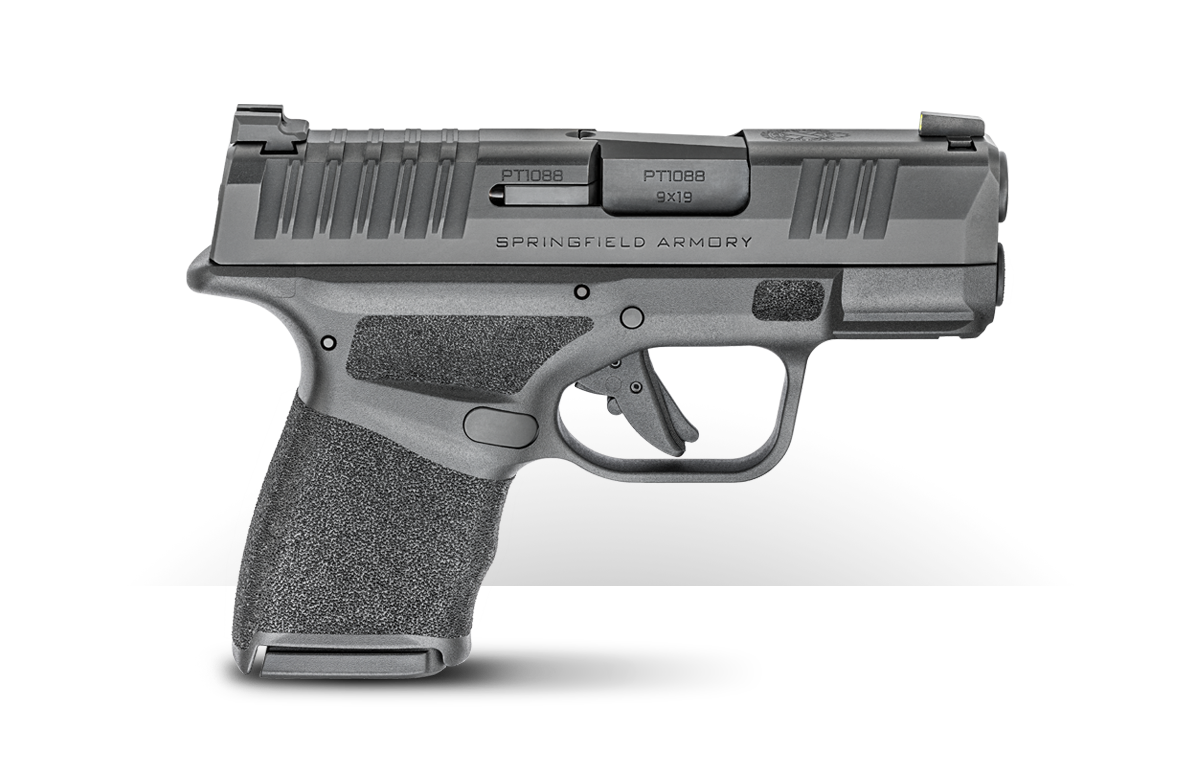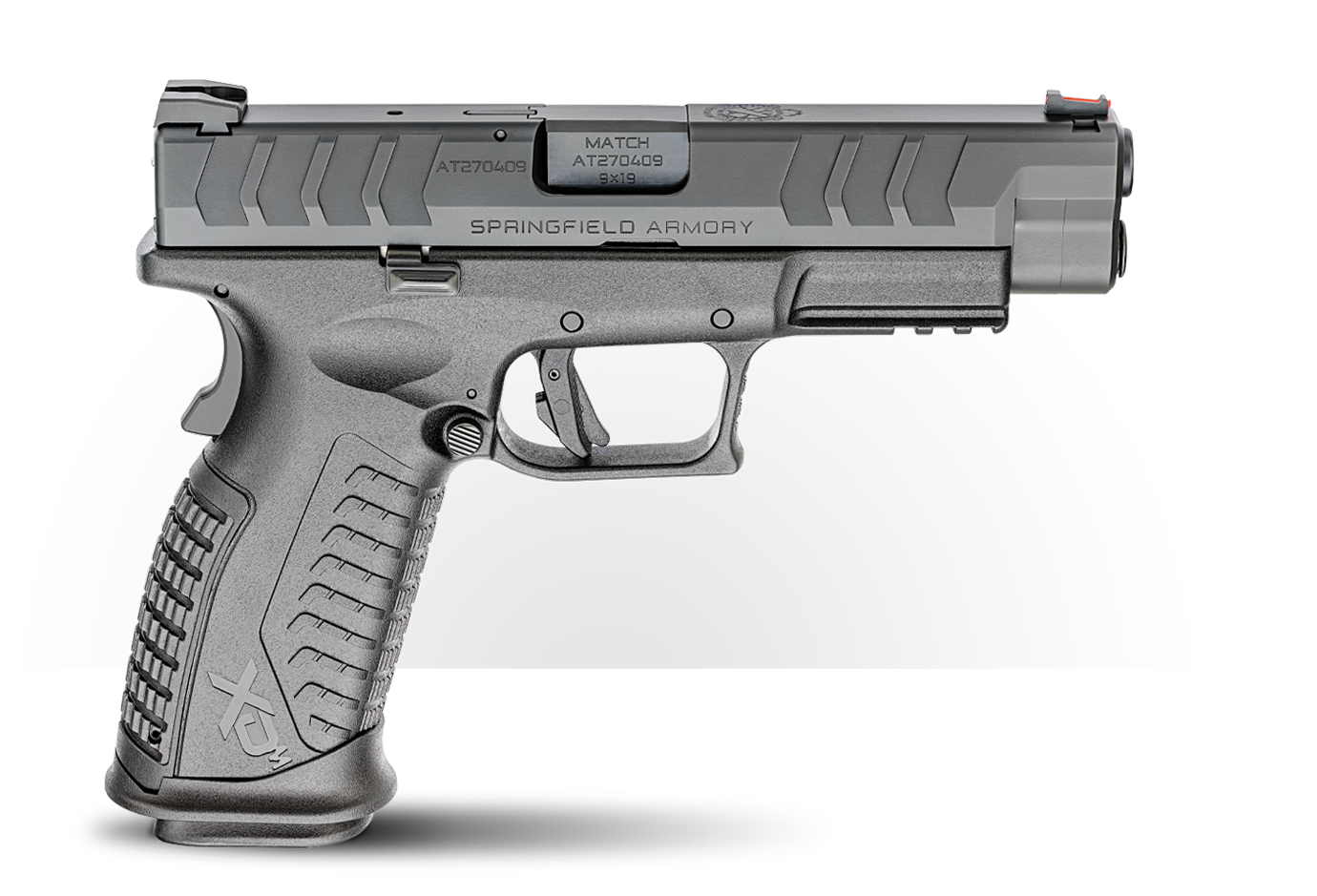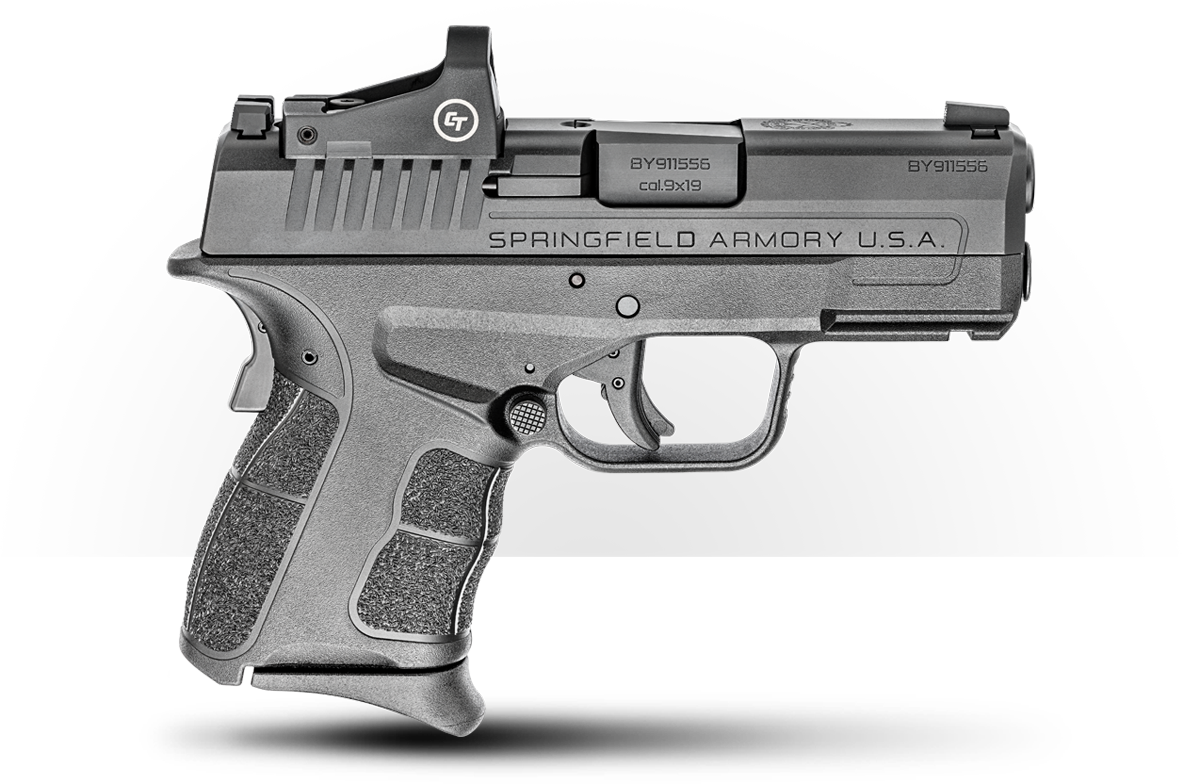Pistol Red Dots: Are Iron Sights Better?
February 17th, 2022
6 minute read
What began as a whisper has now evolved into a roar. A few short years ago, miniature red dot sights (MRDS) on a fighting handgun were a bit of an oddity. Red dots were indeed out there, but by and large, use was limited to competitive shooters as opposed to individuals who carried a handgun for personal defense. But like many things in the firearms world, the lessons learned in competition can be applied to the combative arts and clearly, this is the case with red dot optics.
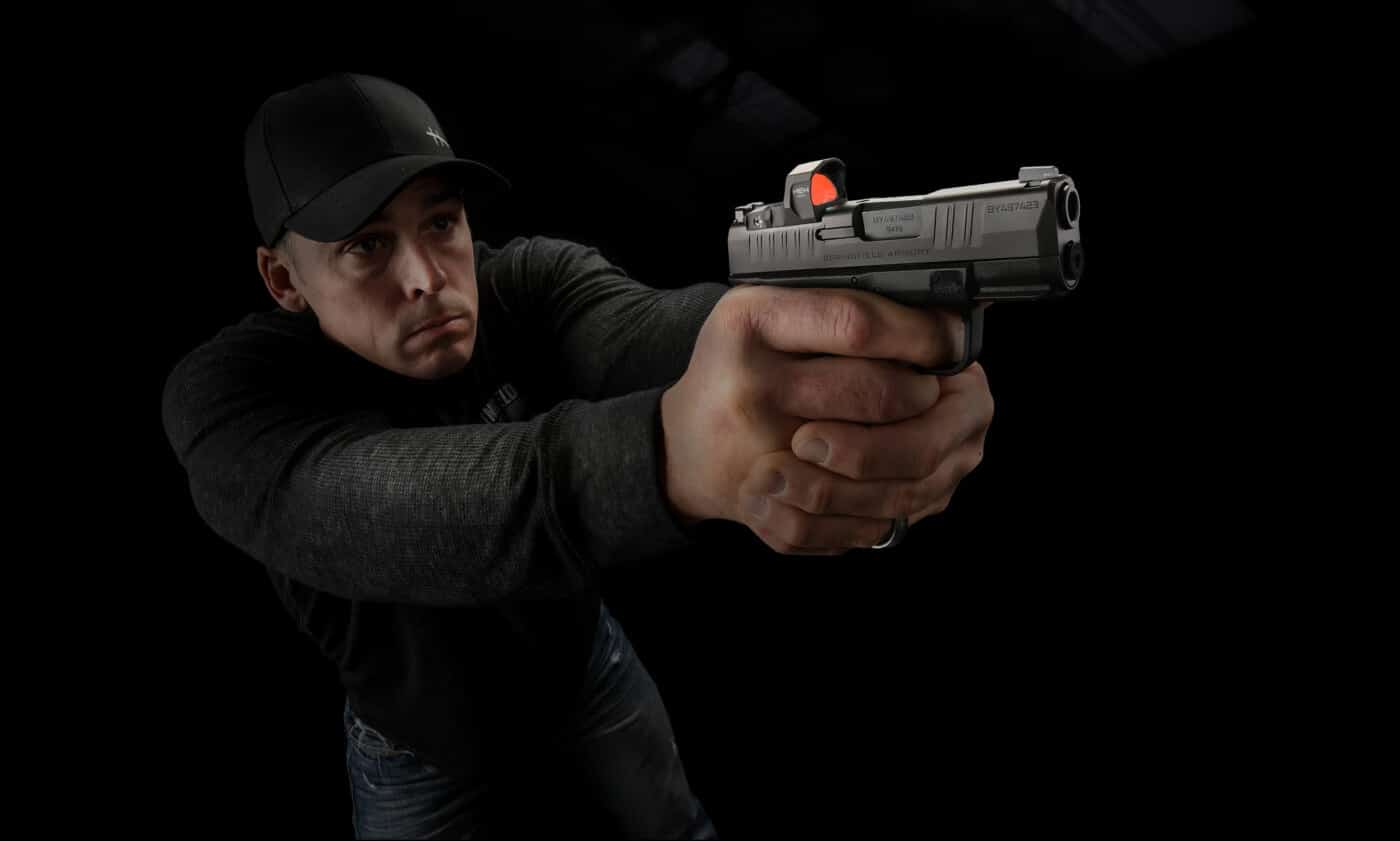
I’ve been called many things in my life, but one label I proudly wear is “old school”. My modest collection of handguns includes a number of double-action revolvers and 1911 pistols, and I enjoy shooting them very much. I’m hardly averse to new innovations, but you have to convince me they have something to offer over what came before.
As a trainer, I recognize that technology marches on and I can’t afford to be trapped in the early 20th century. I know iron sights and have used them for decades. They had never failed me. But, as red dot sights gained popularity, suddenly they began showing up in the hands of my students and I had to get with the program. After being an observer of the scene, it was time to take the big plunge.
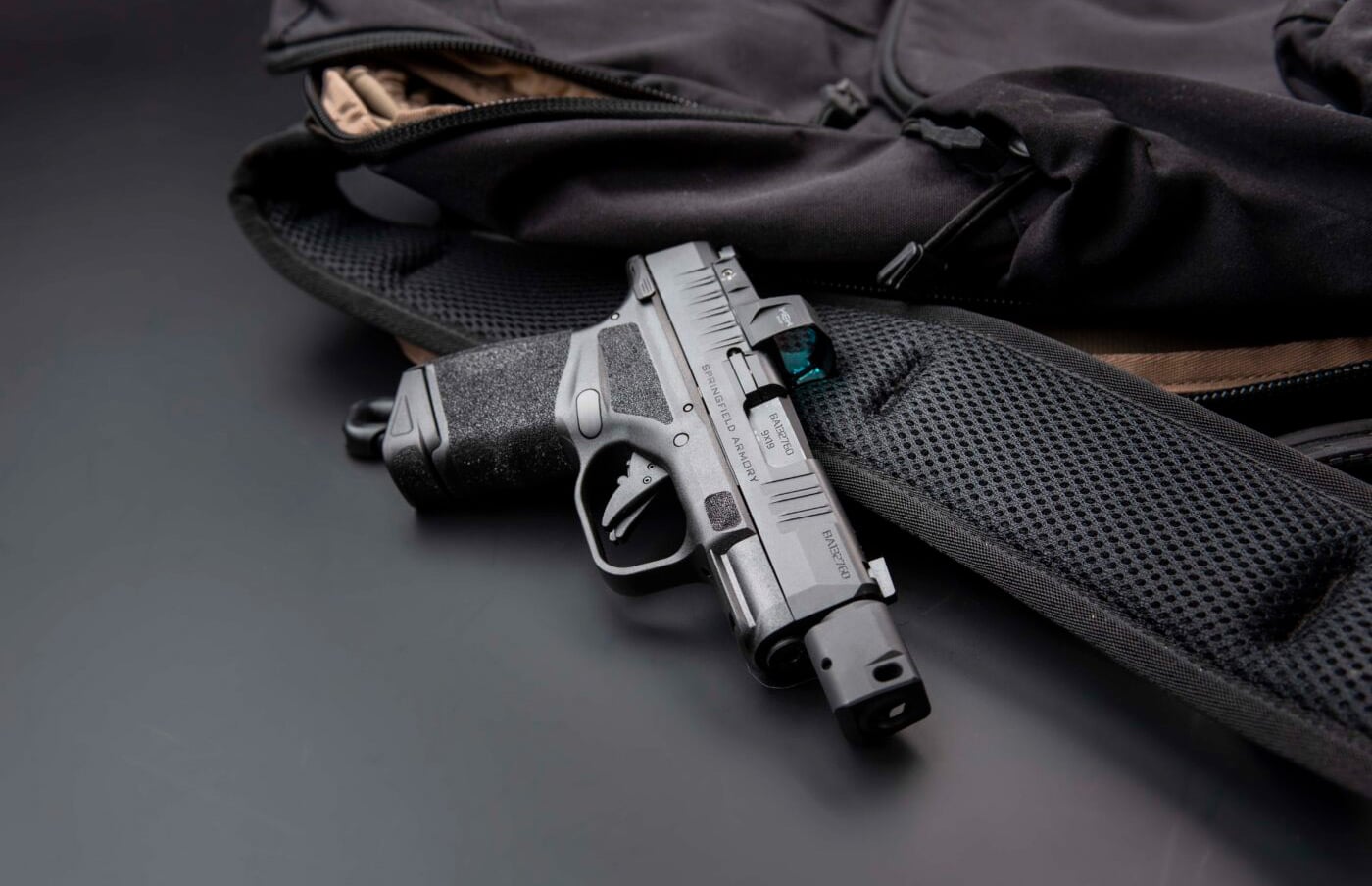
A harsh reality I quickly discovered during my indoctrination with this technology is that there is a bit more to the picture than merely affixing a red dot to your favorite blaster and picking up where you left off. Many old salts who have decades of experience with iron-sighted handguns may initially be frustrated when trying out a red dot optic. My initial attempts were hardly stellar, but a class on using a red dot optic got me on the right track.
Red Dot Particulars
Today, many popular pistols are now available with removable plates on the rear of the slide for affixing a red dot. In the extensive Springfield Armory line, examples include the XD-M Elite, XD-S Mod.2 OSP and the Hellcat OSP. One can buy such a pistol and mount the MRDS of their choice, or opt for the package deal complete with Springfield Armory HEX optics. Milling the slide of a pistol without a removable plate will allow you to mount a red dot, but this requires the services of a skilled gunsmith and can get a little pricey.
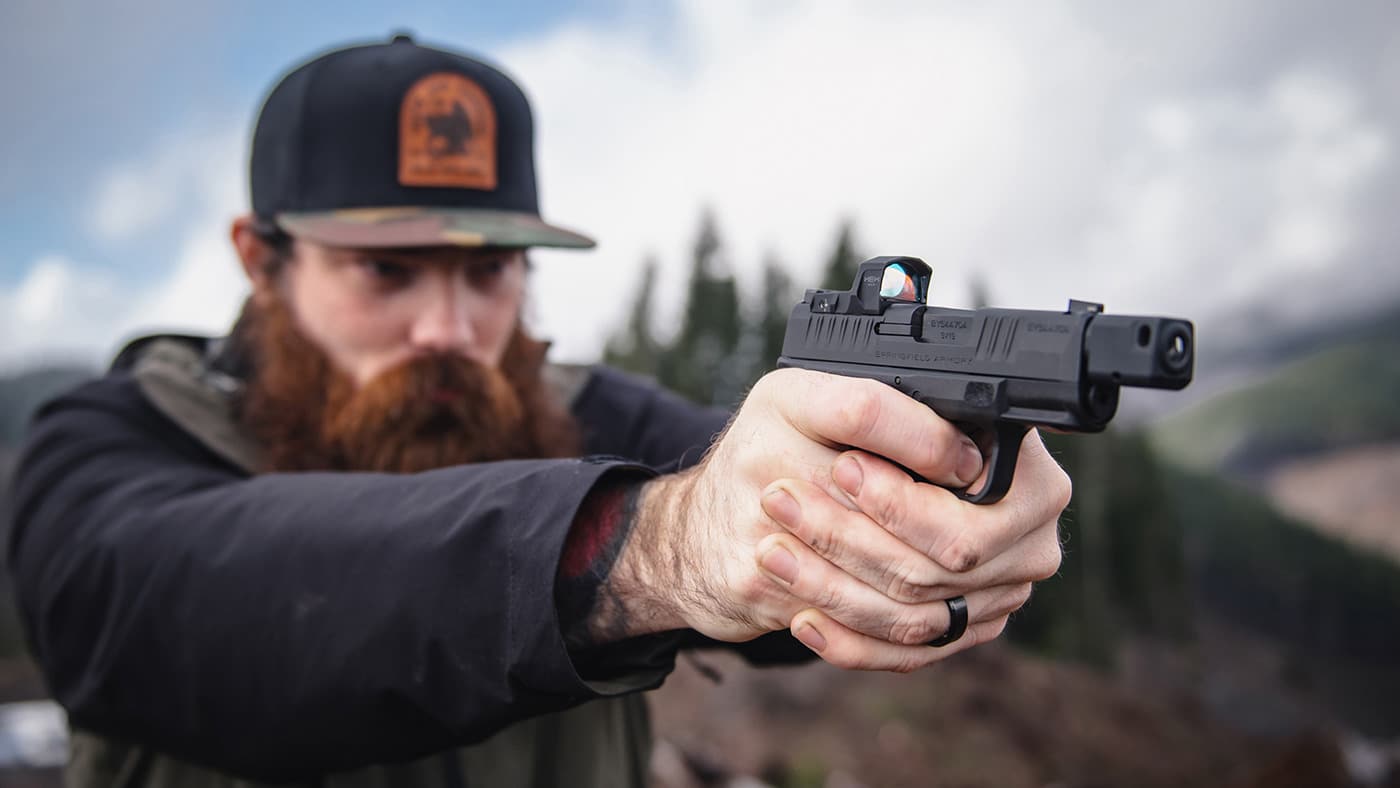
An MRDS is best described as a sighting device that is semi-permanently attached to your pistol to create an alternate aiming point. These sights are best categorized as reflex sights where a light-emitting diode (LED) projects through an optic to give the shooter a red dot point of aim on a glass transparent screen. The dot is projected through a clear lens, giving the shooter a “heads up” display to concentrate on a single focal plane where the red aiming point appears to be projected on the target.
Different size dots ranging from 1.0 MOA to 13.5 MOA are available. The smaller dots will allow the user to shoot with a greater degree of precision but will be difficult to pick up at speed. Larger dots are faster to read but might be too coarse for targets in the distance. For personal defense, I believe a dot in the 2.5 MOA to 6.5 MOA range would be about right.
The Red Dot Advantage
The biggest advantage an MRDS brings to the table is a single plane of focus. To get on target, the shooter simply superimposes the red dot on the target and presses the trigger. With a tight grip and good trigger press, the end result will be a hit at the point of aim. In reality, this is much simpler than obtaining a proper sight picture with iron sights. When using traditional iron sights, the eye goes from the target, to the front sight, to the rear sight, and back to the front sight. This requires the use of multiple focal planes and may be difficult to pull off when subjected to extreme stress.
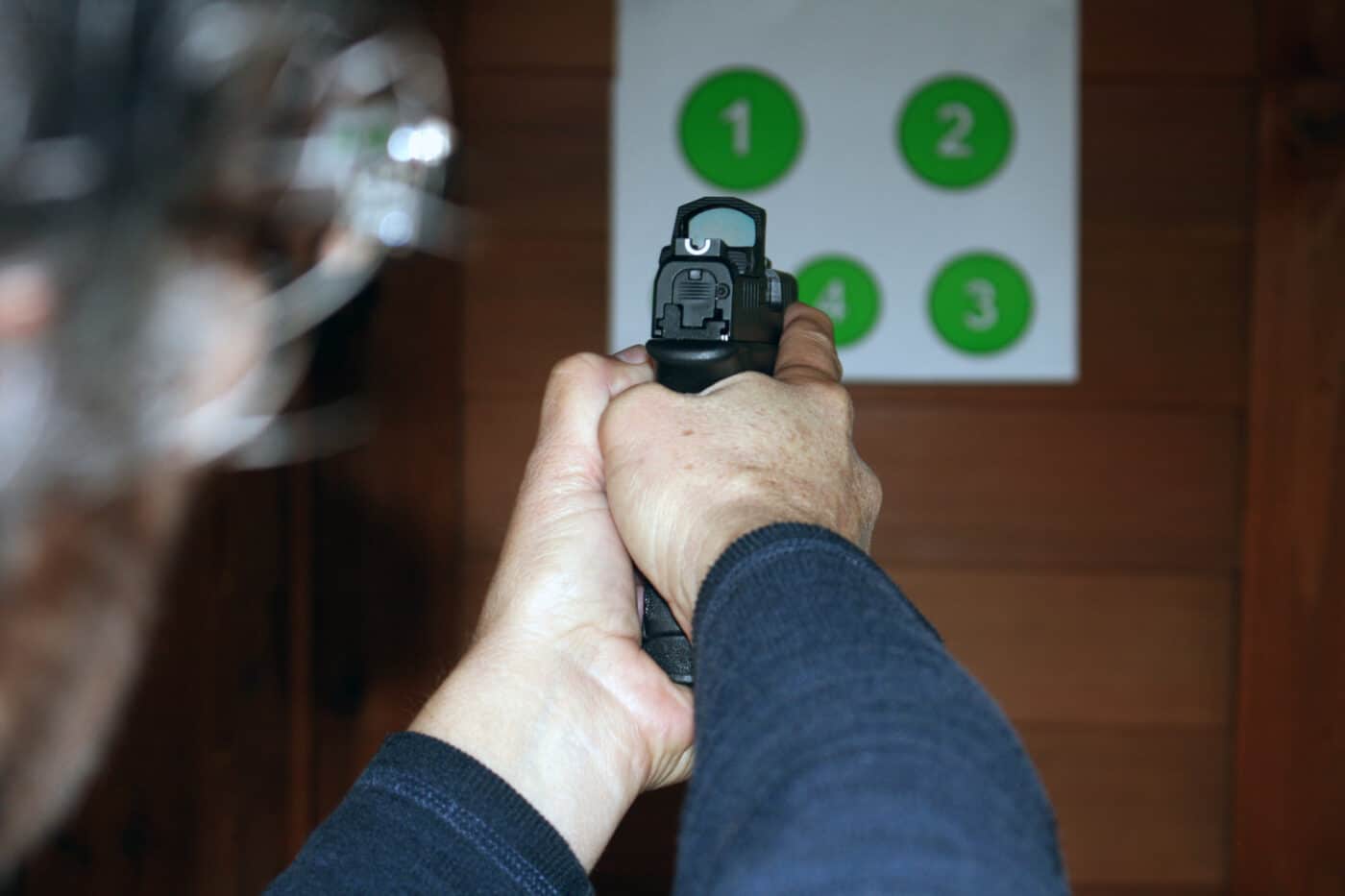
With iron sights, it is debatable whether you should keep both eyes open or close one eye. However, with MRDS both eyes should be kept open. You are still able to shoot with a high degree of precision and by keeping both eyes open, it is more likely to lead to better decision making in a street scenario. Initially, this was a big hurdle for me to clear, but once I bought into the concept my shooting improved.
The Recipe for Success
A familiar lament among seasoned shooters is that they perform better with iron sights, particularly at a typical combat distance. I will confess that I had this exact same concern, but the red dot class I took helped me get a handle on that. My newly found confidence has not elevated me to world-class quite yet, but things have improved dramatically.
Like many shooters, I have a keen interest in smaller handguns that can be utilized for concealed carry. A short while ago, I picked up a Springfield Armory Hellcat OSP complete with a HEX Wasp optic to possibly use in this role. I was determined to avoid those same pitfalls I experienced with my full-size pistol and instead, mapped out a training plan.
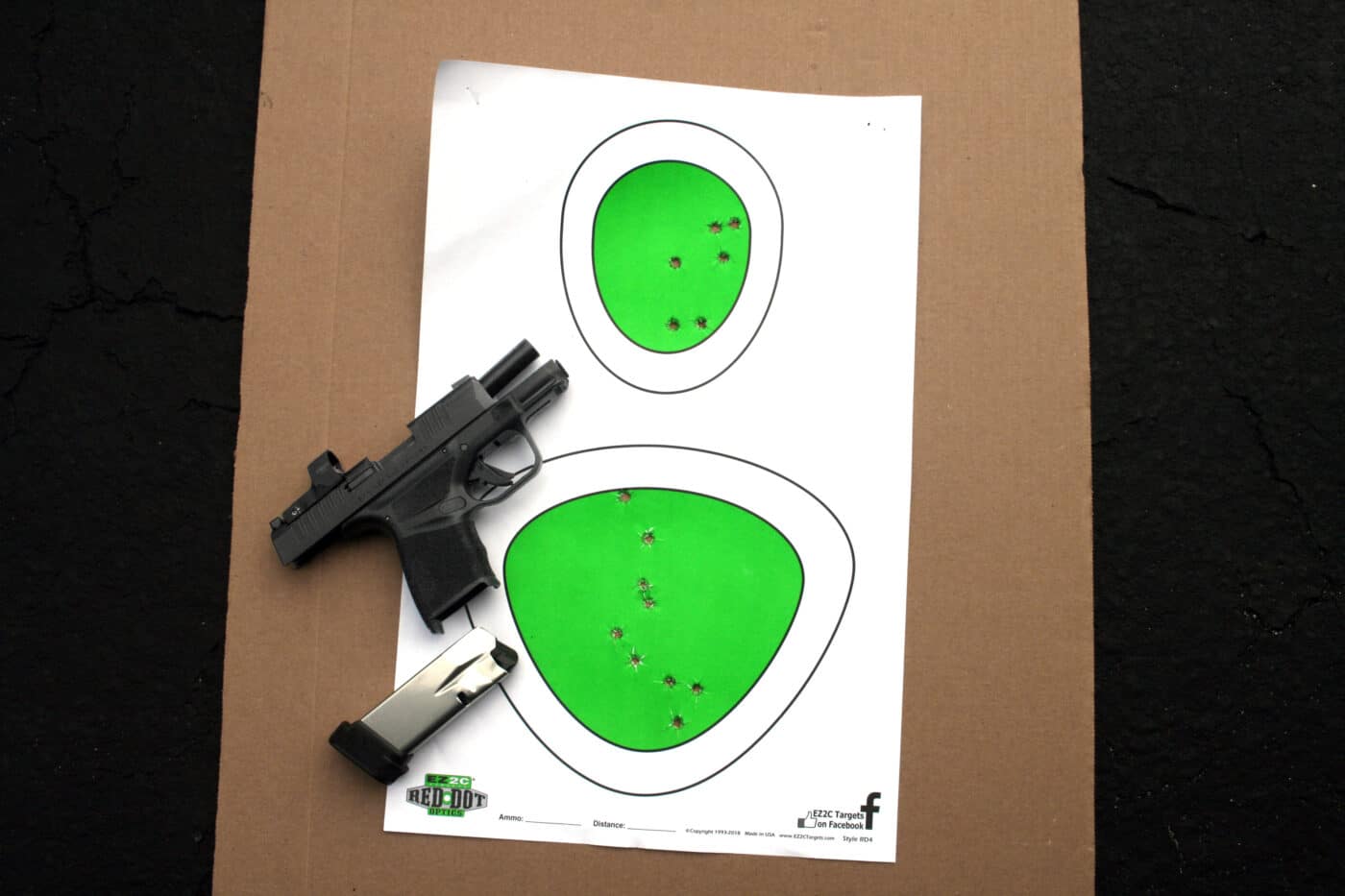
Quite simply, my initial range drills shot with the Hellcat OSP were the same ones I utilize when training brand new shooters. The target was set a mere 5 yards away and my goal was to keep all my hits inside the A-Zone of an IPSC target. I would rise up from the ready position, find the dot, and press the trigger. As soon as I felt confident, I moved on to pairs, added a draw from the holster, and increased the distance.
It is especially important you keep both eyes open and focus on the target. This can be a very tall order for shooters with decades of experience using iron sights. If I found myself getting a little sloppy, this was an area where I had to apply a bit of self-correction. Once you have gotten the basics down, it’s time to up your game. Those very same things you practiced with your iron-sighted pistol should now be run with the MRDS. This could include movement, multiple targets, reduced light and extended distance. Again, start slow and build up to game speed.
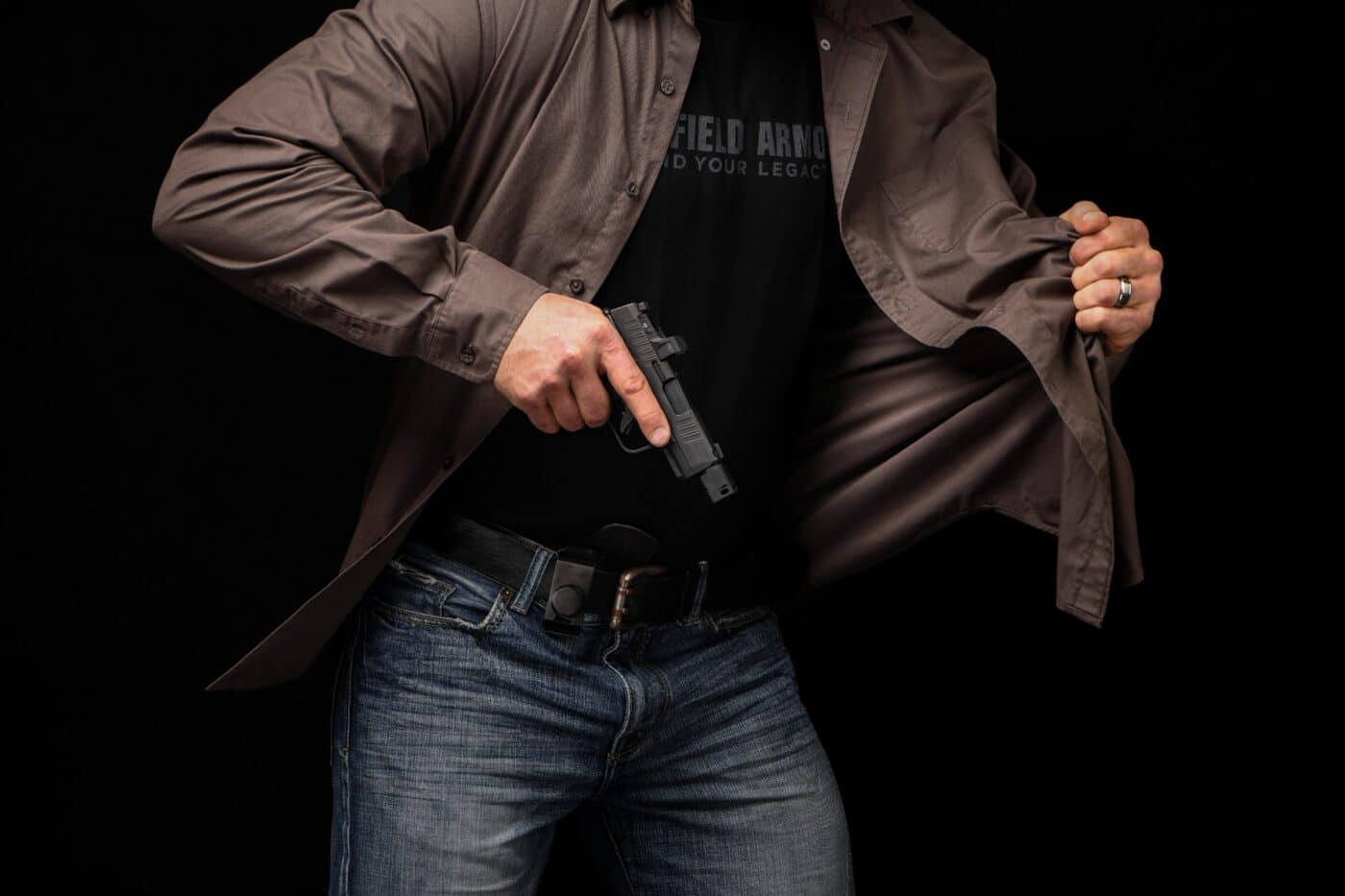
In the era of ammo shortages and outrageous prices, it can be tough to learn a new game. I would submit that the switch from irons to red dots is every bit as traumatic as the big swap we experienced decades ago from revolvers to self-loading pistols. One way we can move the ball forward in getting up to speed with a red dot is dry practice. And the price is right! I find the key to finding the dot quickly is a consistent grip and presentation.
Find a quiet area in your home with no live ammunition or loaded magazines in the immediate area. Be absolutely sure your pistol is clear (check it twice!) before engaging in any off-range practice. A few minutes working from the ready position as well as from the holster will pay dividends once you get out to the range. Find the dot on the target, press and repeat.
Avoid the temptation to run that new red dot 100 miles per hour right out of the box. A better course of action may very well be taking things at a moderate pace before diving into the deep end of the pool. Once you have smoothed out the rough edges, speed will come.
Editor’s Note: Please be sure to check out The Armory Life Forum, where you can comment about our daily articles, as well as just talk guns and gear. Click the “Go To Forum Thread” link below to jump in!
Join the Discussion
Featured in this article
Continue Reading
Did you enjoy this article?

 428
428





